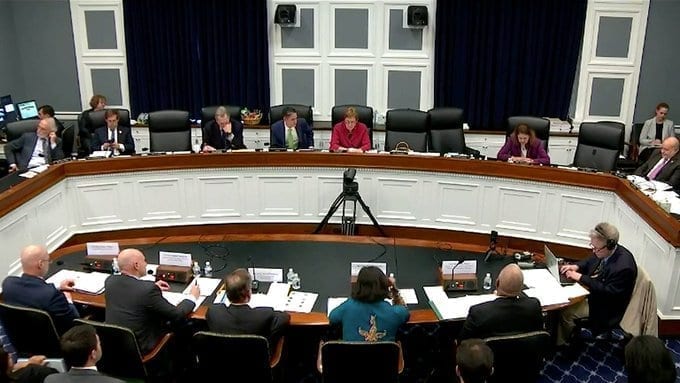
RadWaste Monitor Vol. 13 No. 10
Visit Archives | Return to Issue PDF
Visit Archives | Return to Issue PDF
RadWaste & Materials Monitor
Article 1 of 10
March 06, 2020
Energy Dept. Plans Procurement for Rad Waste Interim Storage Design

The Department of Energy plans to take bids on the design of a facility for interim storage of used reactor fuel from nuclear power plants, a senior official said Tuesday.
Assistant Secretary for Nuclear Energy Rita Baranwal discussed the upcoming procurement in…
Partner Content